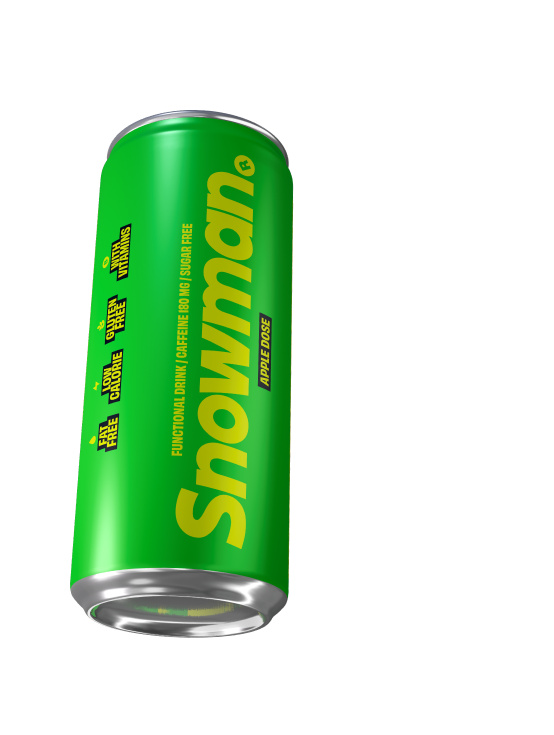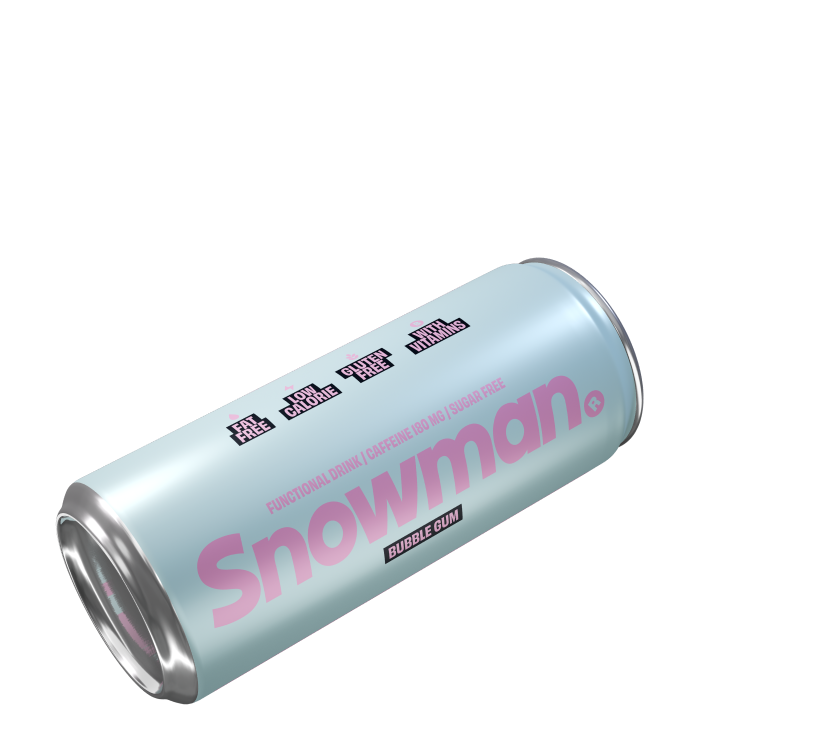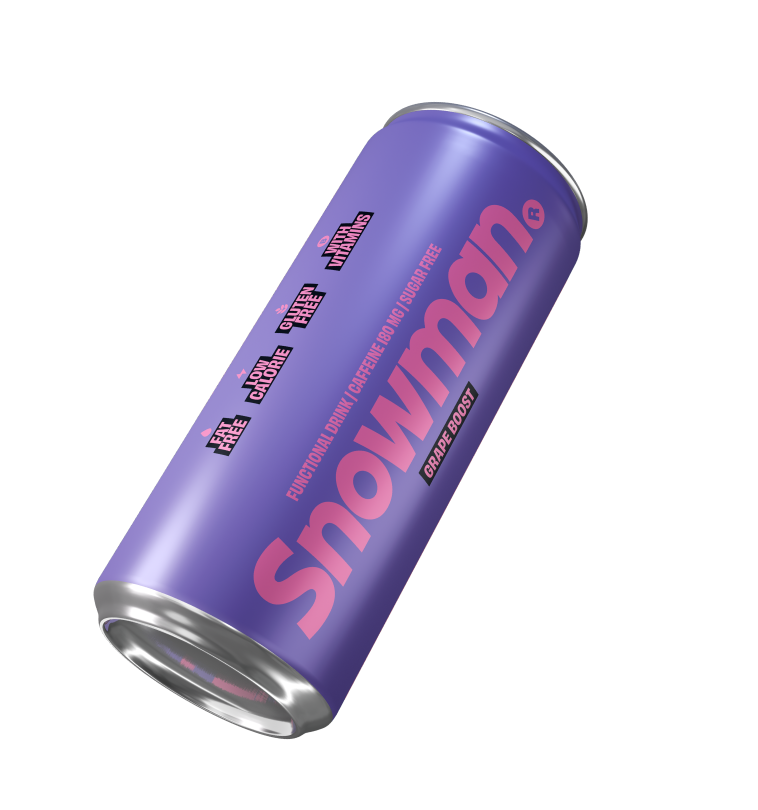
Vaping has become an increasingly popular alternative to smoking traditional cigarettes, but individuals might still be subjected to nicotine tests in some cases. These tests, often given for pre-employment or insurance purposes, are designed to detect the presence of nicotine in an individual’s system. This can be a source of concern for vapers as the nicotine consumed through e-cigarettes can still be detected in various tests.
To pass a nicotine test, vapers must follow a few steps to reduce nicotine concentration in their system. It is essential to understand the factors that can affect the outcome of such tests, including the type of test being administered and the duration and frequency of nicotine usage. By understanding these factors and taking the necessary precautions, it is possible to minimize the chances of a positive test result and navigate through this challenging situation.
In this article, we will discuss various measures that can be taken by individuals who vape to pass a nicotine test. These methods range from gradually tapering nicotine consumption to utilizing nicotine replacement therapies while considering the recommended timeline for successful detoxification. Remember that these strategies’ success may vary depending on individual factors and the specific test being administered.
Understanding Nicotine Tests
Nicotine tests determine the presence of nicotine or its metabolites in a person’s body. These tests may be required for pre-employment screenings, insurance purposes, or as part of a smoking cessation program. Nicotine tests are used to check the use of different nicotine products, whether they are tobacco products or vaping products, nicotine can still stay in your system for many days. This section will discuss the different types of nicotine tests and their detection methods.
Urine Test
A urine test is the most common method for detecting nicotine and its metabolite, cotinine. Urine tests are non-invasive, relatively inexpensive, and provide results quickly. The detection window for a urine test typically ranges from 3 to 4 days but may vary depending on the frequency of vaping and the individual’s metabolism.
Blood Test
Blood tests are another method used for detecting nicotine and its metabolites. These tests offer more accurate detection of recent nicotine exposure and can also measure the levels of anabasine, a substance found in nicotine replacement products. Blood tests have a shorter detection window than urine tests, usually only detecting nicotine use within the past 48 hours.
Saliva Test
Saliva tests measure the amount of nicotine and cotinine in a person’s saliva. These tests can detect recent nicotine exposure within 24-48 hours. Saliva tests are non-invasive, relatively quick, and can be administered at home or in a clinical setting.
Hair Follicle Test
Hair follicle tests offer the most extended detection window for nicotine exposure, up to 90 days or longer. These tests are performed by collecting a small sample of hair, typically from the scalp, and analyzing it for nicotine and its metabolites. However, hair follicle tests are more expensive and time-consuming than other nicotine testing methods.
It is essential to be aware of the different types of nicotine tests available and their detection periods if you are trying to pass a test or work towards quitting smoking or vaping.
Factors Affecting Nicotine Detection
Various factors can affect nicotine detection in a person who vapes. This section will discuss three main factors: Frequency of Vaping, Type of Vape Device, and Nicotine Concentration.
Frequency of Vaping
One of the most critical factors determining the amount of nicotine in a person’s system is the frequency of vaping. Individuals who vape more frequently are likely to have higher levels of nicotine in their bodies. It is crucial for vapers trying to pass a nicotine test to gradually reduce their vaping frequency to lower their nicotine levels.
Type of Vape Device
The type of vape device used can also influence the amount of nicotine absorbed by the body. Different devices deliver varying amounts of nicotine due to other designs, heating elements, and power outputs. High-power devices, such as sub-ohm mods, tend to generate more vapor and can lead to increased nicotine absorption. On the other hand, low-power devices, like pod systems, typically deliver less nicotine per puff. Understanding the type of device used can help users adjust their nicotine intake accordingly to pass a nicotine test.
Nicotine Concentration
Lastly, the nicotine concentration in the e-liquid being used significantly determines how much nicotine is present in a person’s system. E-liquids come in various nicotine concentrations, ranging from nicotine-free to high-nicotine options. Using e-liquids with lower nicotine concentrations can help reduce the overall amount of nicotine in the body, making it easier to pass a nicotine test.
In summary, the frequency of vaping, the type of vape device, and the nicotine concentration in the e-liquid are essential factors to consider when trying to pass a nicotine test. Users can increase their chances of passing the examination by understanding and adjusting these factors.
Methods to Flush Nicotine from Your System
Hydration and Diuretics
Staying well-hydrated when attempting to flush nicotine from your system is essential. Drinking plenty of water can help expel nicotine through urine and accelerate detoxification. Drinking an additional eight glasses of water every day is suggested to ensure efficient removal of nicotine.
Diuretics can further aid in the process, increasing urine production and assisting in flushing out toxins. Some natural diuretics include:
- Green tea
- Coffee
- Cranberry juice
- Lemon water
However, remember that excessive use of diuretics can lead to dehydration. Therefore, it is crucial to maintain proper hydration levels throughout the process.
Detox Products
Over-the-counter detox products are also available to help expedite the removal of nicotine from the body. These products often contain natural ingredients, such as vitamins, minerals, and herbal extracts, that support the detoxification process. When selecting a detox product, look for reputable brands and follow the instructions on the label. It’s important to note that the effectiveness of these products may vary from individual to individual, and they should be used responsibly.
Exercise and Sweating
Physical activity has multiple benefits, including speeding up the detox process. Exercise helps increase blood circulation and promote sweat production, which contributes to flushing out nicotine and other toxins from the body. Activities like aerobic exercises, running, swimming, or even practicing yoga can be beneficial.
Additionally, spending some time in a sauna or steam room can further aid in the process by increasing sweating and eliminating nicotine through sweat. Remember to rehydrate after any exercise or time spent in a sauna, as sweating can lead to dehydration if not properly managed.
In conclusion, several approaches to flushing nicotine from the system include hydration and diuretics, detox products, and exercise and sweating. Maintaining a healthy lifestyle and following responsible practices are essential to pass a nicotine test.
Lifestyle Changes for a Successful Test
Abstinence from Vaping
To pass a nicotine test, it is crucial to abstain from vaping for a certain period before the test. This will allow the body to naturally eliminate nicotine and its metabolites. While the duration of abstinence may vary depending on individual factors, giving up vaping for at least two weeks in advance is a general recommendation. It might be challenging for some individuals, but this period would significantly increase the chances of passing the test. Alternatives like nicotine gum, tablets, and patches should also be avoided since they can still be detected in the blood, urine, and saliva.
Dietary Adjustments
Adjusting one’s diet can help the body eliminate nicotine faster. Drinking plenty of water is essential, as it will help flush toxins out of the system. Incorporating antioxidant-rich foods like fruits and vegetables into the diet will support the body’s detoxification process. Additionally, the consumption of vitamin C-rich foods like oranges, strawberries, and bell peppers has been found to increase the metabolic breakdown of nicotine, further aiding in its elimination from the body.
Stress Management
Managing stress is vital during abstinence, as stress can trigger intense cravings for nicotine. Relaxing techniques like deep breathing, meditation, or yoga can help lower stress levels. Moreover, engaging in physical activities such as walking, jogging, or swimming can relieve stress and overall health. A good night’s sleep is also essential to keep stress levels in check and provide the body with enough energy to detoxify.
Considering these lifestyle changes, one can enhance their chances of passing a nicotine test. It is important to remember, however, that factors such as metabolism, duration of vaping, and the amount of nicotine used can influence the time it takes for nicotine to leave the system. Therefore, a personalized plan based on individual circumstances is most effective.
Frequently Asked Questions
How long does it take to pass a nicotine urine test after vaping?
After vaping, it may take two to four days for nicotine to leave the body and become undetectable in a urine sample test. However, this timeframe can vary depending on factors such as the frequency and intensity of vaping, individual metabolism rates, and overall health.
What methods can help speed up eliminating nicotine from the body?
Some methods to help speed up the elimination of nicotine from the body include:
- Drinking plenty of water.
- Engaging in regular physical exercise.
- Eating a healthy diet.
- Using detox products or supplements.
Switching to nicotine-free e-liquids during the weeks leading up to the test is also suggested to aid in detoxification.
How long nicotine stays in the body?
Nicotine, the addictive component of tobacco products, has a varied duration in the human body, influenced by several factors. After consumption, nicotine swiftly enters the bloodstream, typically peaking in concentration within 10 to 30 minutes. Its half-life – the time taken for the body to eliminate half of the substance – averages around two hours.
However, nicotine’s metabolite, cotinine, has a longer presence, lingering for approximately 24 hours or more. This extended stay of cotinine makes it a reliable marker for nicotine tests.
Factors such as age, liver function, and the frequency of tobacco use can significantly affect the duration of nicotine and its metabolites in the body. Regular smokers may have persistent levels of nicotine and cotinine due to repeated exposure, while occasional users may clear these substances more quickly.
Understanding the timeline of nicotine in the body is crucial for interpreting nicotine tests, whether for medical purposes or employment screenings.
Does the amount of vape usage impact test results?
Yes, the amount and frequency of vape usage can impact test results. Higher levels of nicotine consumption and more frequent use can lead to higher levels of nicotine and cotinine in the body, making it harder to pass a nicotine test.
It is important to keep in mind that for heavy smokers nicotine and cotinine levels may stay in the body longer and they may experience more withdrawal symptoms compared to a light smoker.
What are the detection limits of nicotine tests?
Detection limits of nicotine tests vary depending on the type of test conducted. Blood tests typically detect nicotine for up to 1-3 days, while urine tests may detect it for up to 2-4 days. Saliva tests have a longer detection window, often identifying nicotine use for up to 4-7 days after the last vape session.
Are there any differences between tests for smokers and vapers?
There are no significant differences in the test procedure for smokers and vapers. Both nicotine and cotinine test aim to detect the nicotine and cotinine levels, which is the primary metabolite of nicotine. The difference lies in the source of nicotine exposure, whether from traditional cigarettes or vaping devices.
Can secondhand vape exposure cause a positive test?
It is unlikely for secondhand smoke (vape or tobacco smoke) exposure to cause a positive test result, as the levels of nicotine absorbed in this manner are usually too low to be detected. However, extended or close proximity exposure to secondhand vape may increase the risk of a false positive.








